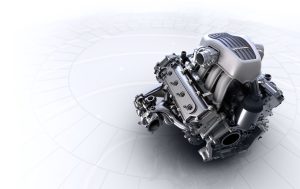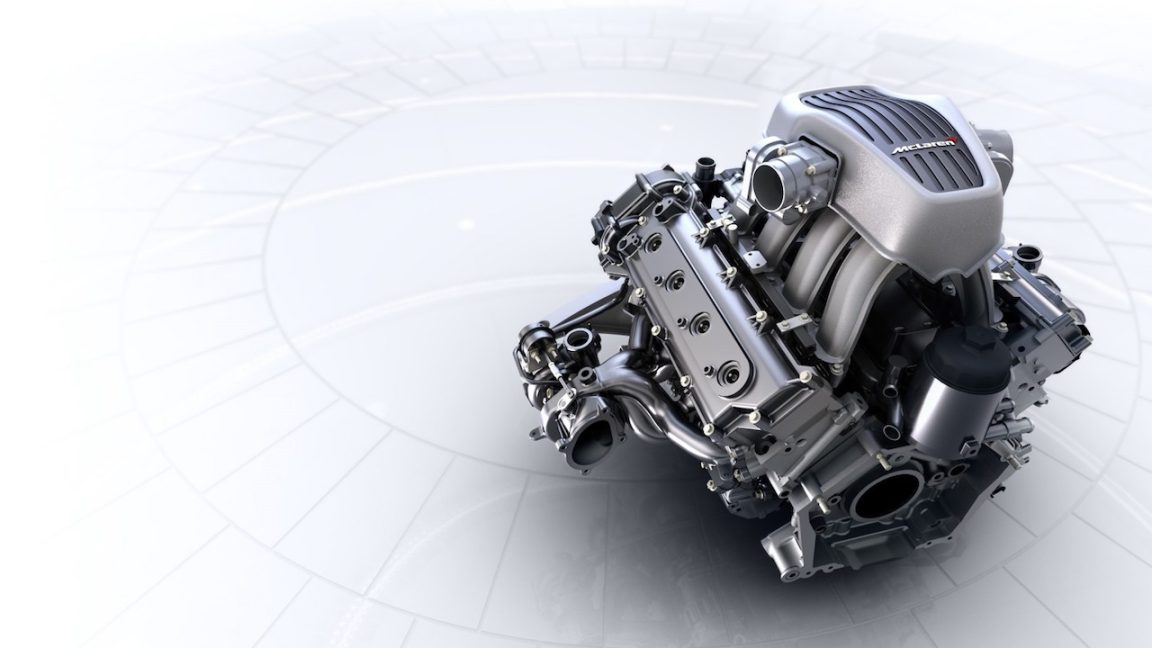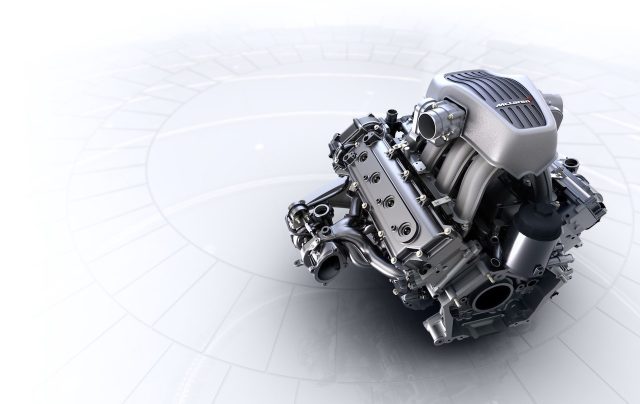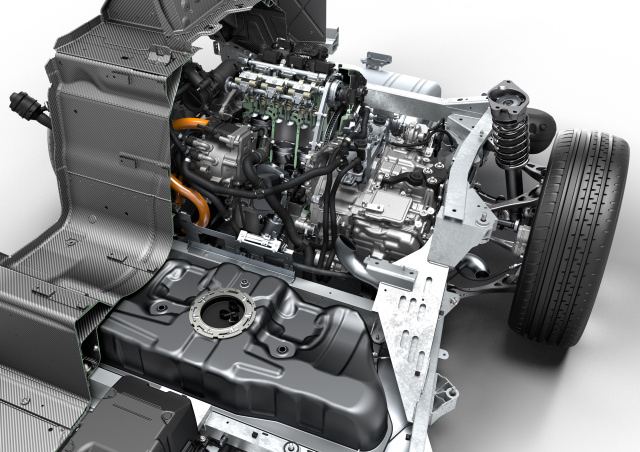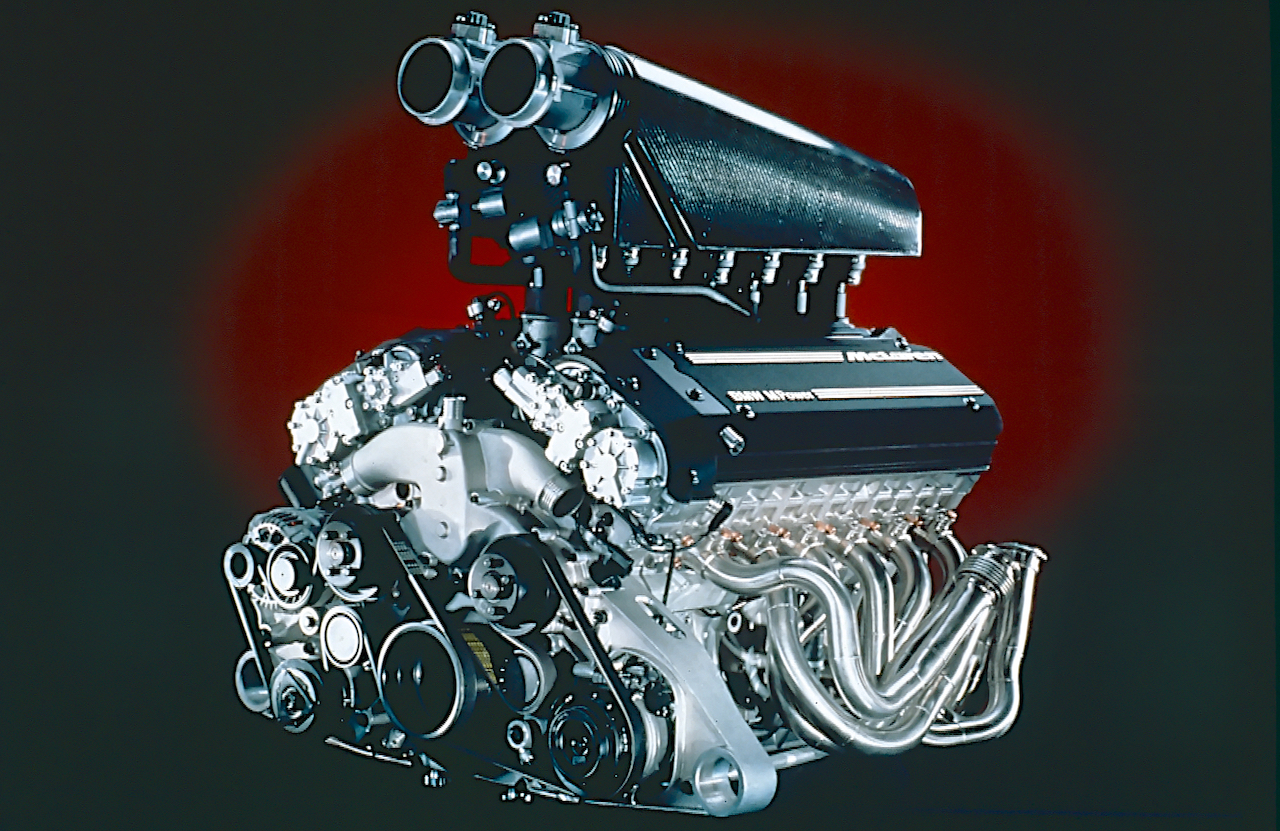
For plenty of car nerds, the names McLaren and BMW together mean something special in the engine department. BMW built the legendary 6.1L V12 that powered the McLaren F1, an engine that, in its detuned state, won Le Mans more than once. In the years since the F1, McLaren's cars have been powered by Mercedes-Benz and, more latterly, a family of 3.8L twin-turbo V8s. Now McLaren and BMW are joining forces to work on engines once more.
The plan is to increase the specific output—the amount of power per unit volume—of the engines in McLaren's forthcoming road cars while trying to meet socially acceptable CO2 limits. The two companies will also work with Ricardo (the British engineering company that helped develop McLaren's current M838T engine), Grainger and Worrall (which will handle casting), Lentus Composites (composite materials), and the University of Bath.
BMW and McLaren's engines have both won plaudits of late: BMW's 1.5L three-cylinder engine from the i8 and McLaren's M838T have both featured in the International Engine of the Year Competition. The collaboration makes sense for McLaren; developing modern engine technology that can meet stringent emissions regulations is no easy task, and doing that for extremely high performance engines is an added challenge.
